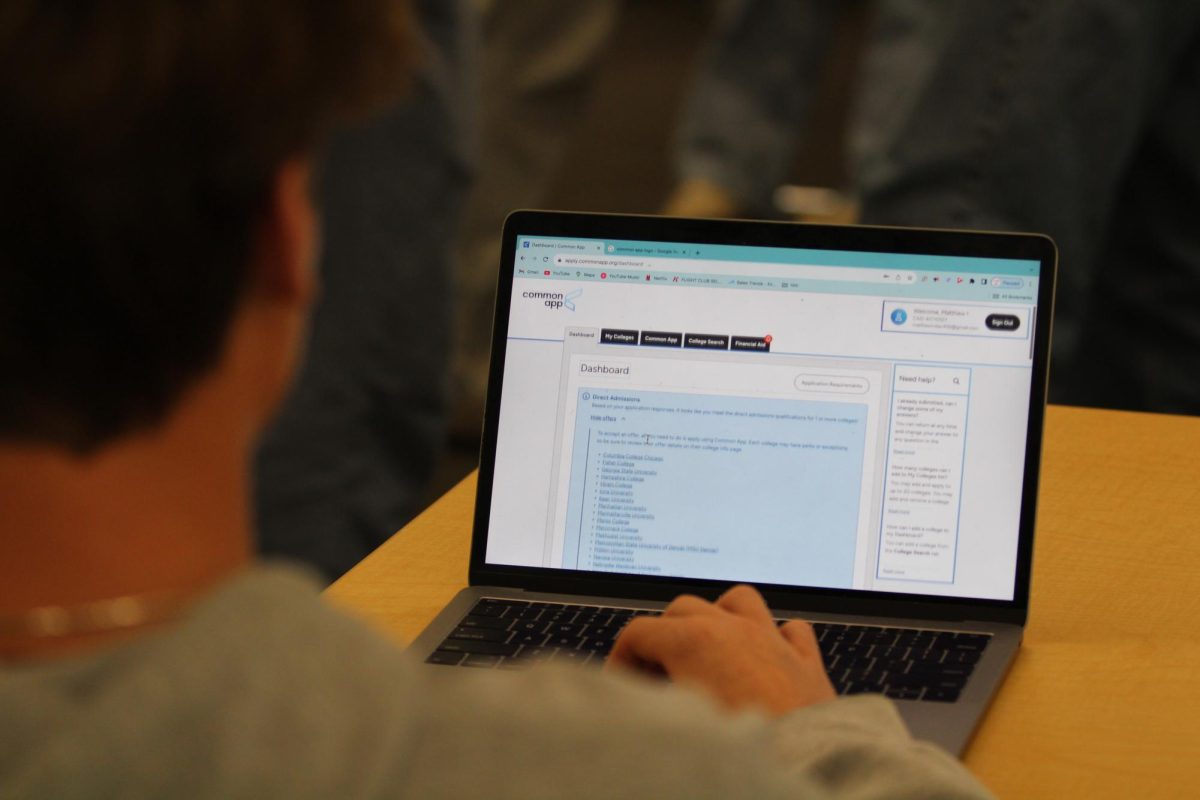The district’s cafeteria menu has been revamped by Student Nutrition Services, who are always striving to improve the food, in order to comply with new federal regulations.
The Student Nutrition Services, a local committee that sets standards for school lunches, is now limiting the amount of calories sold on campus to adhere to these regulations. This will alter multiple items of the menu, like wraps, but perhaps most profoundly, the district’s most popular item: pizza.
According to Margan Holloway, Director of Student Nutrition Services for the district, the pizza that was previously sold contained too much grain to comply with the new calorie regulations.
Three leadership students were selected to test two different pizzas and later to select which would be featured on the new menu.
Holloway said that both pizzas each have a different flavor profile, which is why she wanted the students to taste them; so they could choose which they liked better.
“I found two new pizza products that met the new guidelines, so I said ‘I wanted you guys to taste it, and tell me what you think,’” Holloway said. “I had one that I really liked, but that doesn’t matter because I’m not buying it every day.”
According to senior Douglas Pardella, one of the leadership students selected to test the new pizzas, the three students agreed on ‘Pizza B’ instead of ‘Pizza A,’ because it had more flavor.
After the tasting, the students were given a survey where they were asked to write which pizza they preferred and why. Although Pardella preferred one pizza over the other, he said he didn’t really like either. Specifically, Pardella said both pizzas tasted artificial to him after it was altered to be healthier.
“I believe the regulations are necessary,” Pardella said. “But, I also feel like we shouldn’t take foods that are normally unhealthy and try to make them different.”
However, Holloway said that she considers the student population and tries to incorporate regional factors into selecting which food around the area to add to the menu. For example, pizza is especially popular in the Tam District.“I look at the students, and all the restaurants that are around here,” Holloway said. “We try to mimic what’s outside of school and bring it into school so that the students want to stay for lunch.”
According to Holloway, these new regulations were inspired by Michelle Obama’s “Let’s Move” campaign, which aims to reduce childhood obesity in America within one generation.
“While releasing these new regulations, they specifically looked at nutrient limits on the number of meat alternates and grains in the school diet,” Holloway said, referring to the major changes in the regulations.
Holloway and her colleagues at Student Nutrition Services are in the process of completing a nutrient analysis for the calorie range of the new menu, because she said she’s concerned the Tamalpais range of calories in a given meal is now too low. The calorie range will be checked and certified in the audits, which will now occur every three years to check that all regulations are being followed, as opposed to the previous requirement of every five years.
“Another part of the new regulation is we have to certify our menus with the Department of Education, but also through United States Department of Agriculture (USDA),” Holloway said.
The Student Nutrition Services are now incorporating half a cup of vegetables and fruits into the overall meal plan for lunch as a replacement for some of the proteins and grains.
According to Holloway, the new regulation states that a student must select a fruit or vegetable, or else the meal does not count. To comply with this new standard, Holloway said she incorporated a half cup vegetable with every entrée instead of forcing the students choose a fruit or vegetable.
“My desire is that students take that whole meal we offer, because when you put it all together, you have a completely nutritionally balanced meal,” Holloway said.She said that the original menu always met the regulations, but there are now new minimums on the proteins and grains in each meal.
Once their menus are certified, Tamalpais Student Nutrition Services will receive an extra 6 cents per meal from the federal government, according to Holloway. If the meal does not contain a fruit or a vegetable, it won’t count for the extra money.
“If I take just food cost without paper supplies, labor and overhead, the food cost alone is $2.07,” Holloway said. “Labor, supplies and overhead add quite a bit more to the true cost of the meal.”
These new regulations will now be more strictly enforced than they were before, because the federal government funds the Student Nutrition Services.
“The National School Lunch and Breakfast programs are federal programs, so we’re funded by the federal government,” Holloway said. “California chips in a little bit, but not a lot. Because it’s federally funded, it’s highly regulated.”
According to Holloway, another factor that she needs to take into account while producing the new menu is how the diet contributes to the satiety of the menu, which is how satisfying a meal is.
“I haven’t heard any complaints that it’s not enough food, so with the inclusion of that half cup of vegetables and the entrees, you have that immediate satisfaction,” Holloway said. “If you took that entire meal that you’re offered, you’re going to be satisfied.”





